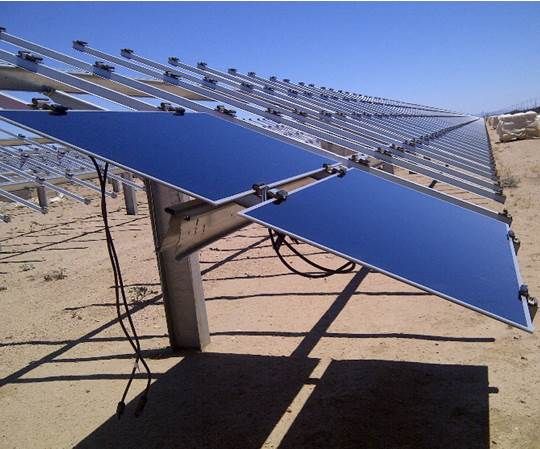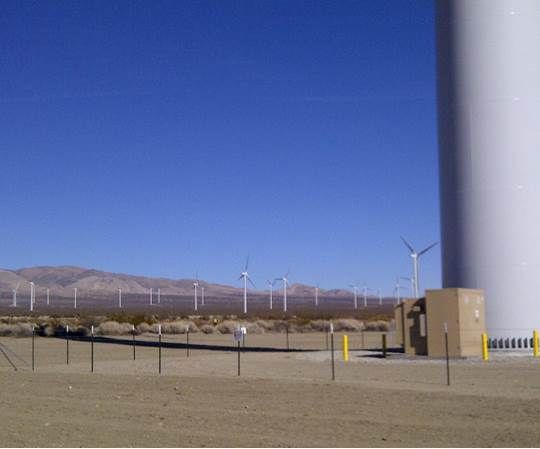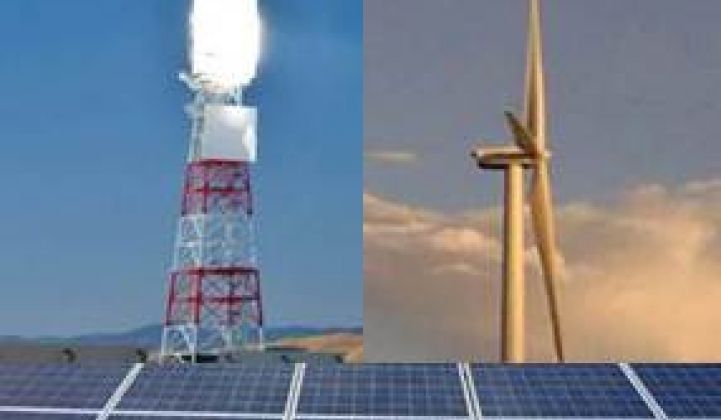Some developers have moved back and forth between wind and solar in response to shifting and uncertain policies and incentives. OwnEnergy VP and former Baker Botts attorney Steve Krebs asked two developers and a banker, all of who have played in both sectors, to compare.
“The solar comes a bit easier,” said multinational energy giant Macquarie Group’s (NYSE:MIC) Managing Director Thomas Houle at the Texas Renewable Energy Industry Association (TREIA) Renewable Energy Finance Forum. “But it does present unique challenges. One is land rights and producing a clean title.”
In markets where developers are unfamiliar with commercial and utility-scale solar, he said, “there can be a view that issues like mineral rights will sort themselves out. But when you get to financing, there is nothing more important than having a clean title and good title insurance.”
With a wind project, it is less crucial, he said, “because you are not covering the vast majority of the land area with equipment. You’re only using 2 percent to 5 percent of your land area for all the roads and foundations and the rest.”
A solar project’s panels or heliostats, on the other hand, cover most of the leased land area. “You can’t have a mineral rights owner coming back later saying they just leased the mineral rights, and they are going to drill, so please move those panels. It’s a little disruptive to your revenue flow,” Houle said.
“But,” he admitted, “at the end of the day, for both wind and solar, all the same factors have to be nailed down for clean project financing, and each project is unique in its own right.”

“We did a lot of wind financings in 2011, but a lot more solar financings came in with the 1603 cash grants,” said CIT Energy Director Andrew Chen. “We got a lot more comfortable financing solar because there are a lot fewer components. It’s very passive; we don’t have to worry about blades and bearings and all the moving parts of a turbine.”
That stability is why, he explained, “we have even been able to finance solar projects with tier-two panels.” Though many in the solar industry are working hard to define the highest quality modules and label them bankable because it is supposed to help win backing from institutions like CIT Energy, Chen said that his group’s view “is that panels are fairly plug-and-play, and if there is a failure, you can switch them out with pretty low risk.”
And, Chen went on, “because solar is peak power, there is a lot more certainty to the cash flow.”
Wind is not difficult, Chen said, but it is “a little more complex,” even when the quality of the wind project allows for P95 revenue projections instead of P99 projections. “On the financing structure, 1.4 covers the wind debt, but on the solar side, 1.25 to 1.35 covers the debt financing. It’s similar for the PPAs. We tend to think it’s not as difficult to deal with solar.”
“Learning to develop and finance solar has seemed mechanically straightforward,” said Pioneer Green Energy Business Development VP Bruce Thompson, whose company has built over 2,700 megawatts of Texas wind but has just begun to develop projects in the incipient Texas solar market.
“We did leave big holes in the middle of our projects to give the folks that had mineral rights their access. That was new,” he said with a laugh. “Probably the hardest thing for solar was trying to guess what panel prices would be by the time we were ready to buy. On the other hand, solar had greater certainty around tax credits. We ended up finding that [the processes] of developing wind and solar were analogous.”




